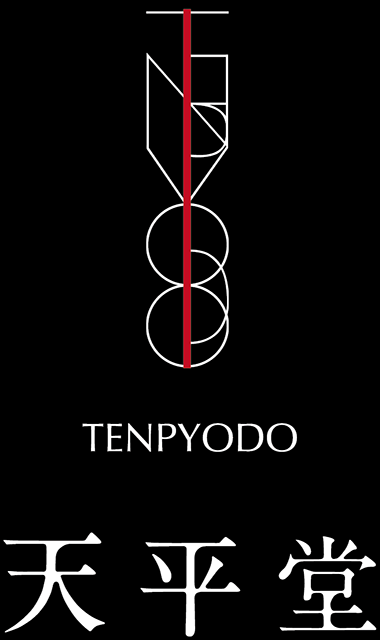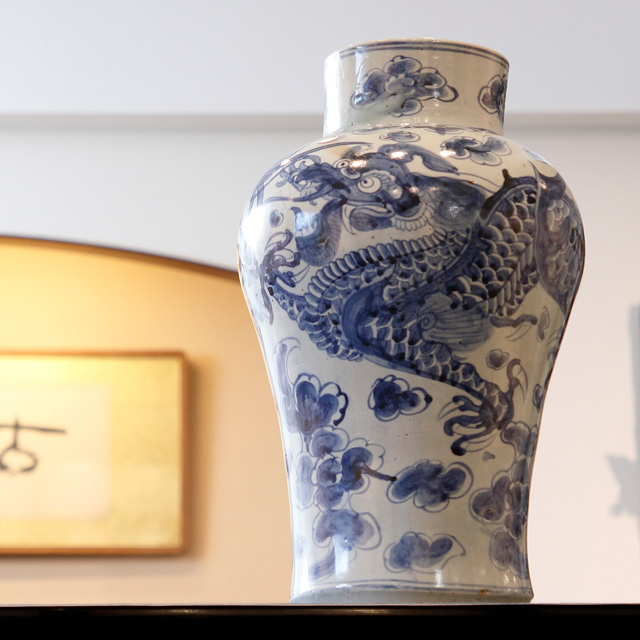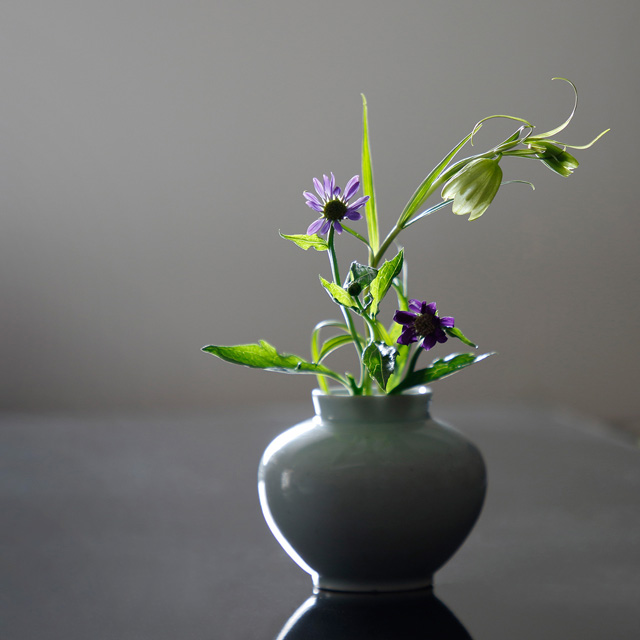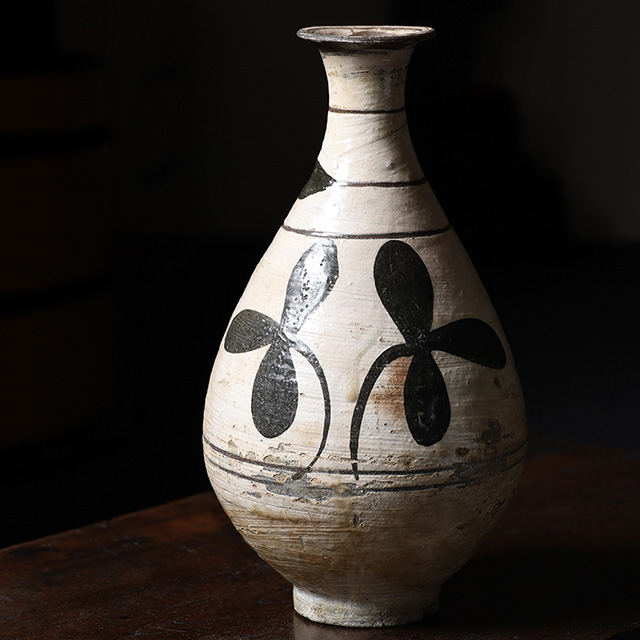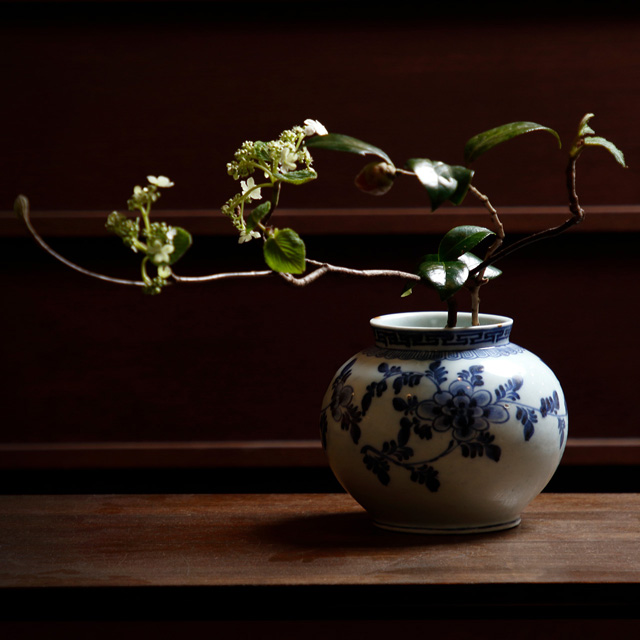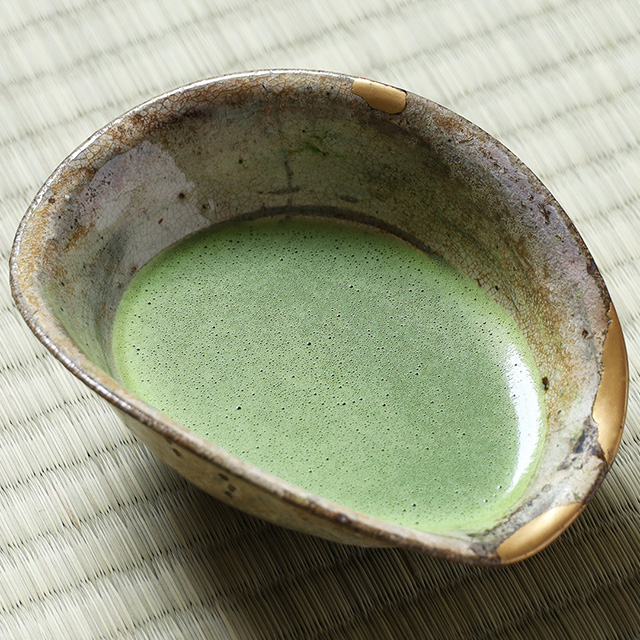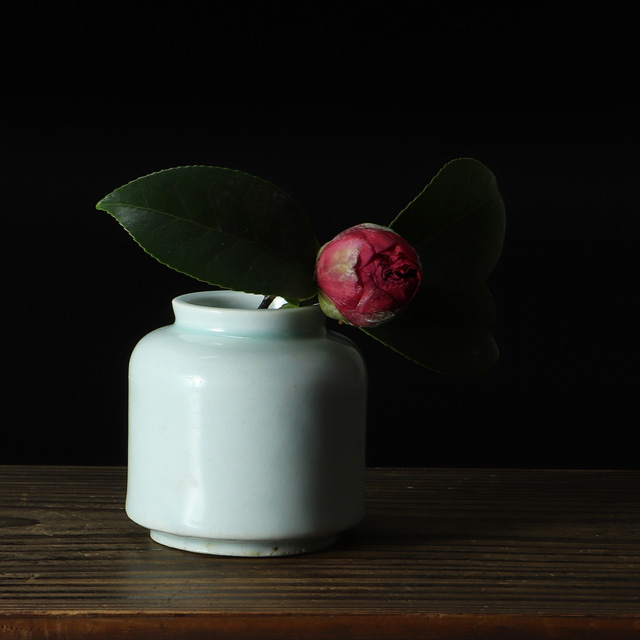Korean Antique
朝鮮古美術
Korean Antique
https://tenpyodo.com/en/product1/cat/korea/(Handled Items ⇒ Korean Antique)
Yi Dynasty
The joseon dynasty was the last unified dynasty of korea, founded by Yi Seong-gye in 1392 on the korean peninsula. The country’s name was adopted in 1393 after Yi Seong-gye requested recognition from the Ming King. The name “Yi Dynasty” has become established in japan and has been used for a long time. As buddhism, which had flourished during the goryeo dynasty, declined and policies to suppress buddhism and revere confucianism were promoted, the spirit of confucianism became deeply ingrained as the code of conduct for people’s lives, and the ideals were to revere purity and innocence and to cultivate a simple, frugal spirit. As confucianism spread, rituals were also held on a grand scale, from the imperial court to the general public, and white porcelain was highly valued for ritual vessels, as “White” was a pure and innocent color that symbolized holiness and simplicity. Decorations such as blue-and-white, iron-glaze, and copper-red-glaze were created based on white porcelain, but under a system that valued frugality, colored paintings were never fired until the end. In 1897, after the sino-japanese war(1894-1895), the country’s name was changed to “Daehan”. After the russo-japanese war(1904-1905), it became a japanese protectorate, and was destroyed with the annexation of korea in 1910. The brothers Noritaka Asakawa and Takumi had a deep understanding of and love for yi dynasty ceramics and demonstrated the power to make them widely known in society. It was Muneyoshi Yanagi who became interested in them under their guidance.
李朝白磁
温和な表情に静寂な雰囲気を漂わせる李朝白磁は東洋陶磁の極地です。
朝鮮王朝の為政者は白磁への関心が強く、
王家や官庁の御器にも清廉潔白を尊ぶ儒教精神と共に深く根付いていきました。
「白衣民族」として清楚で慈愛に満ちた美しい白色を愛し、
硬い灰白色、失透性の乳白色、青白色、千差万別の白に多様性があります。
Mishima
Mishima is pottery with an inlay design. There is a strong theory that the name “Mishima” is derived from the fact that the inlay design resembles the character layout of the mishima calendar of mishima taisha shrine(shizuoka prefecture). There is also a theory that it was named after the fact that it was imported via Mishima. Inlaid celadon, which flourished during the goryeo dynasty, gradually declined, and in the 15th century, as if reflecting a new era after Yi Seong-gye founded the joseon dynasty in 1392, it changed to the style that made full use of inlay techniques. While the base is still soft and dry, designs are created using intaglio or flower stamps, and white clay is then embedded. The white inlays expressed on the base material containing a lot of iron give a sense of elegance, and have a quiet dignity that is modest yet gorgeous. Depending on the design and technique, it is classified into koyomide, hana-mishima, reihin-mishima, hori-mishima, hake-mishima, gohon-mishima, etc, and its pure taste and warmth have been cherished by japanese tea masters.
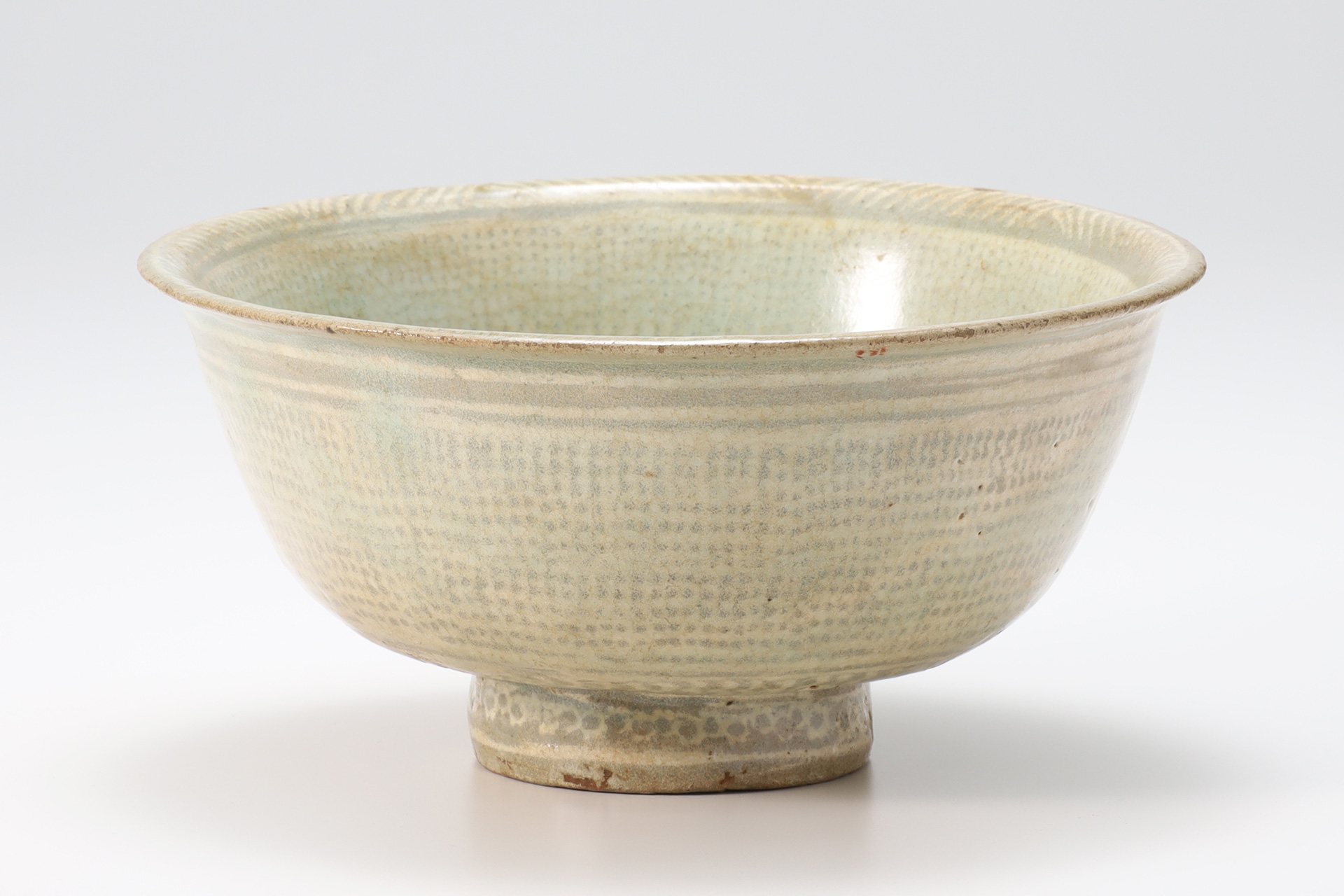
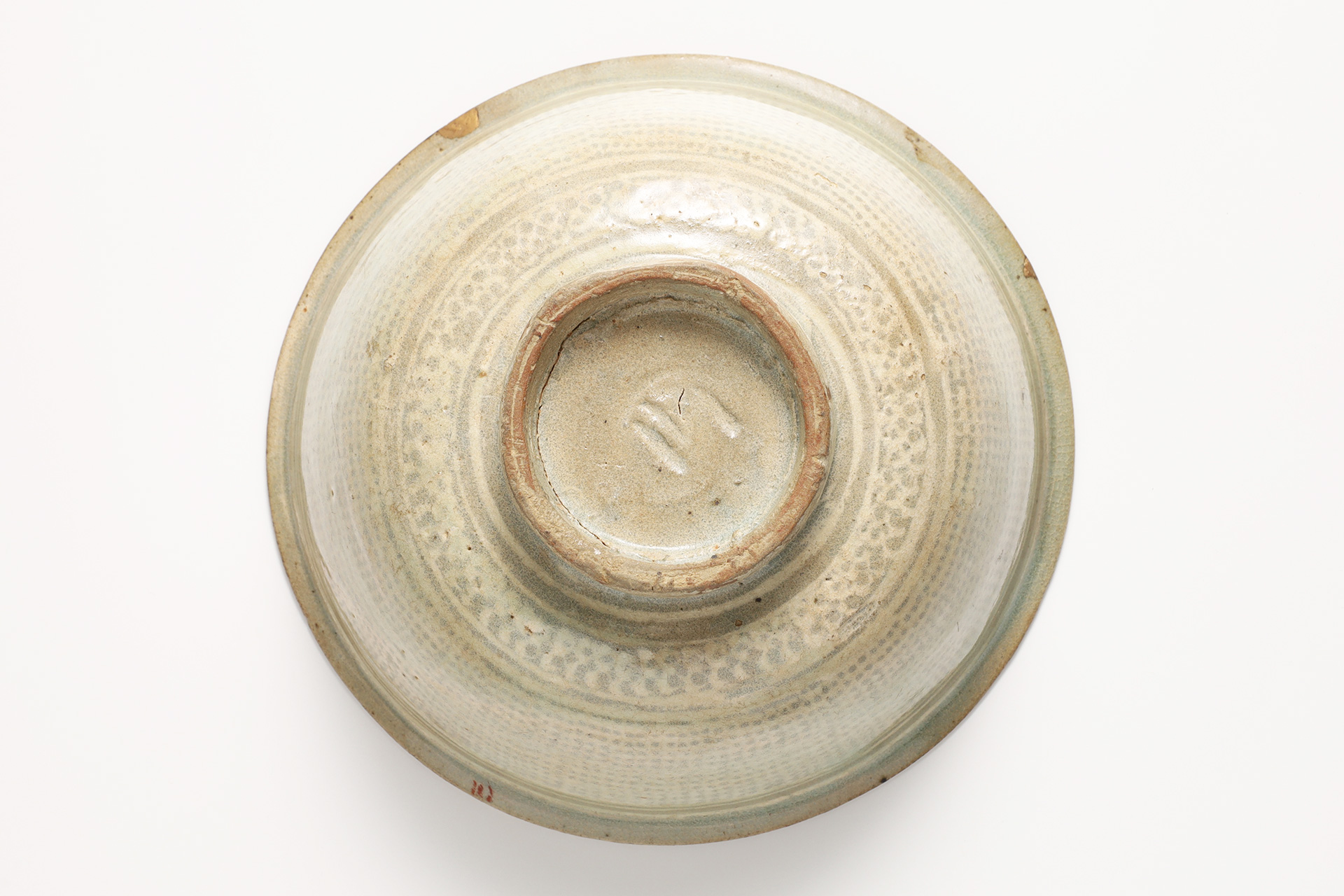
Keiryuzan
Keiryuzan is a famous mountain located in gwangju city, south chungcheong province, south korea, and there are many ancient kiln sites scattered at the foot of the mountain. 15th to 16th century korean pottery, which features iron painted design using a free and lively brush stroke, is called “Keiryuzan” and is highly acclaimed around the world. Mishima, hakeme, and white porcelain are also fired, and the vessels come in a wide variety of shapes, including bowl, tea bowl, dish, bottle, and jar.
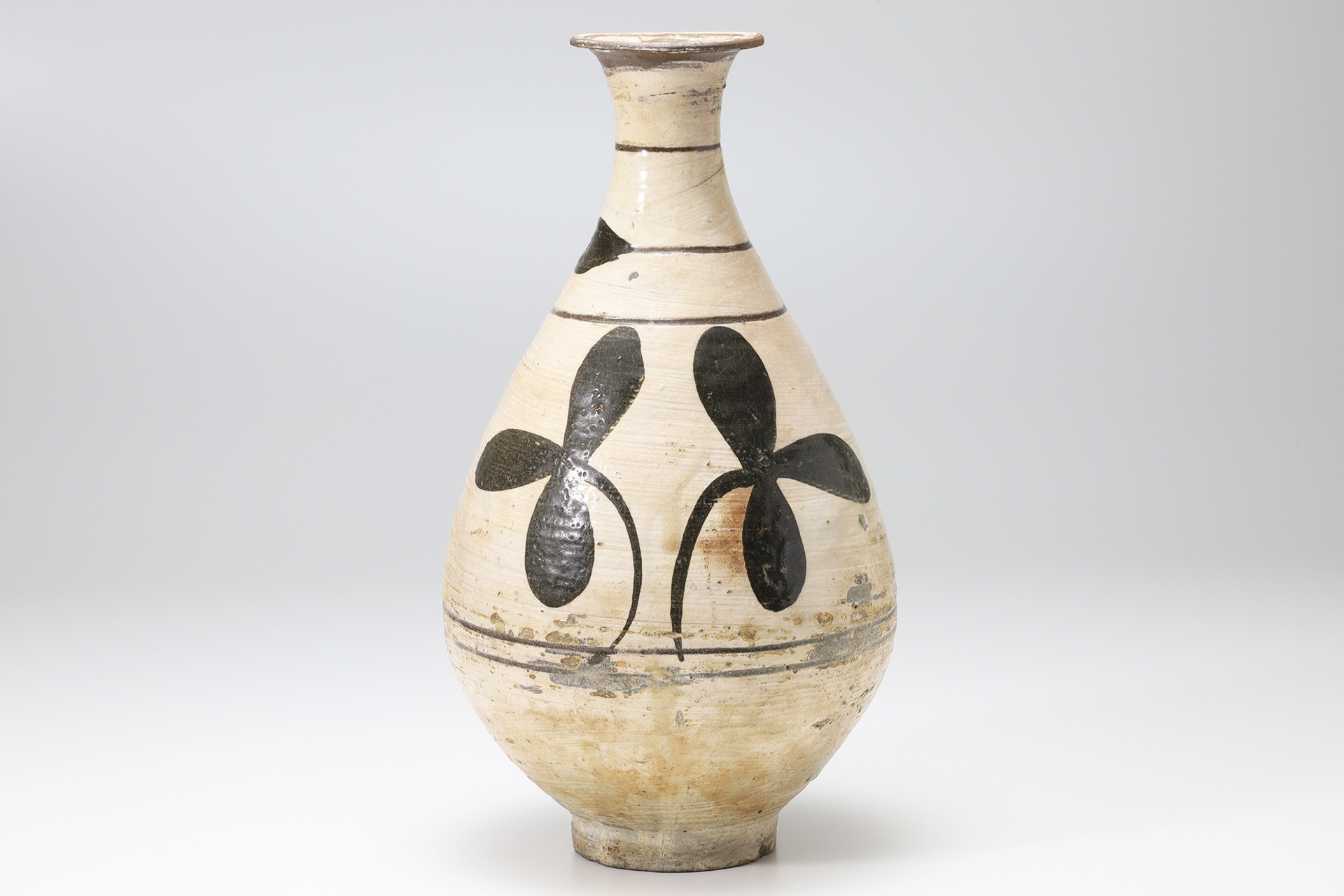
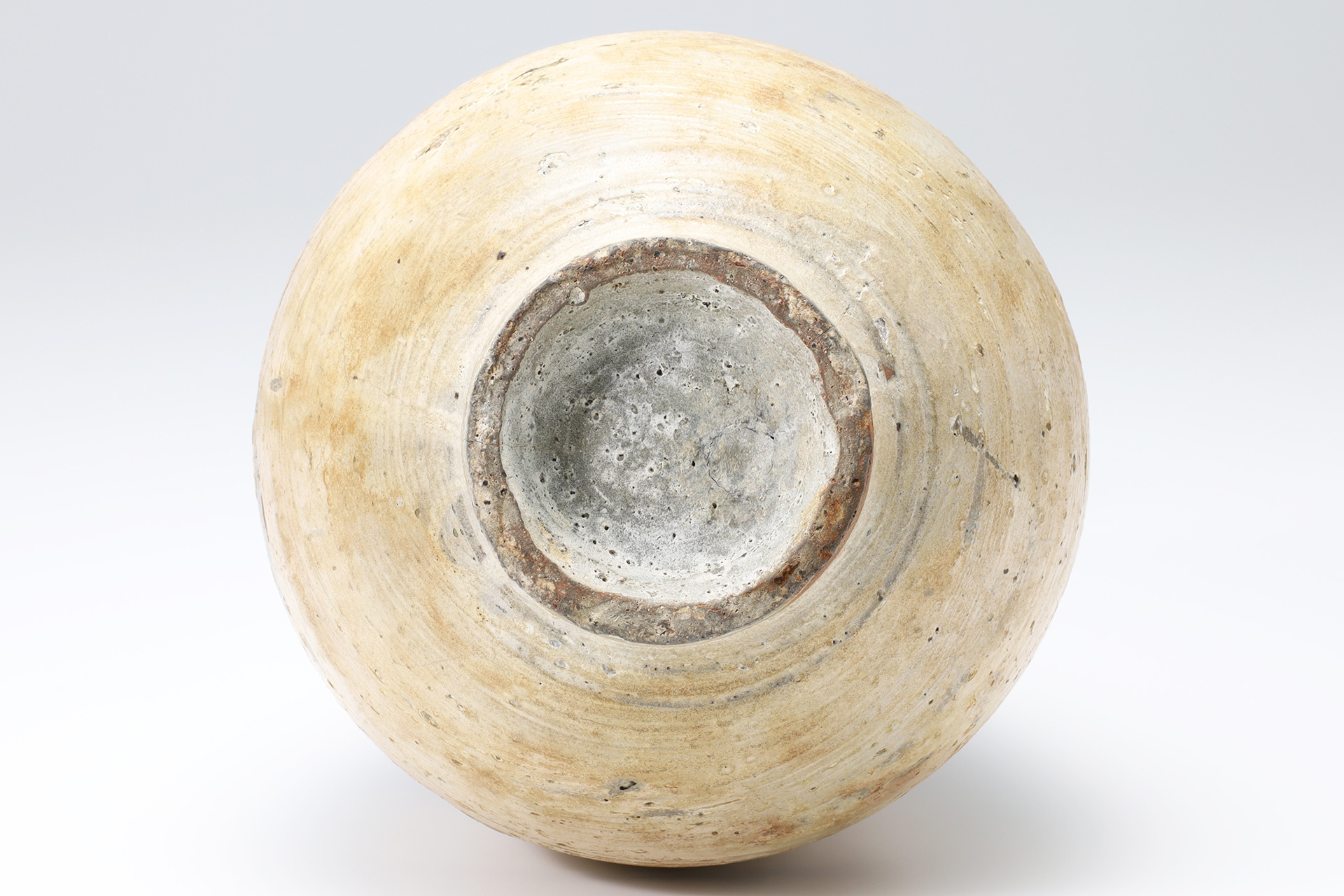
刷毛目
刷毛目とは鉄分の多い素地に刷毛で白泥を施し、
透明釉を掛けて焼成した粉青沙器です。
粗雑な素地を白磁のように美しく見せようと白化粧を行う際、
白泥の中にどっぷりと浸し掛けにすると水気が回って壊れ易くなる為、
刷毛で塗る方法が執られた事に始まったという説や、
作業工程を簡略化したという説等も知られています。
日本に将来された李朝の刷毛目茶碗は茶人間で珍重されました。
時代や装飾上の特徴から様々な名称が与えられ、
和物茶碗においても意匠化されました。
茶碗では平たい端反りの器形が多く見られます。
Muji-Hakeme
Muji-hakeme is a type of korean pottery made from a gray base with a high iron content, coated with white mud from the inside to the outside hem, then coated with a transparent glaze and fired. White mud is soaked in the same way as kohiki, and the name comes from the fact that no brush is used.
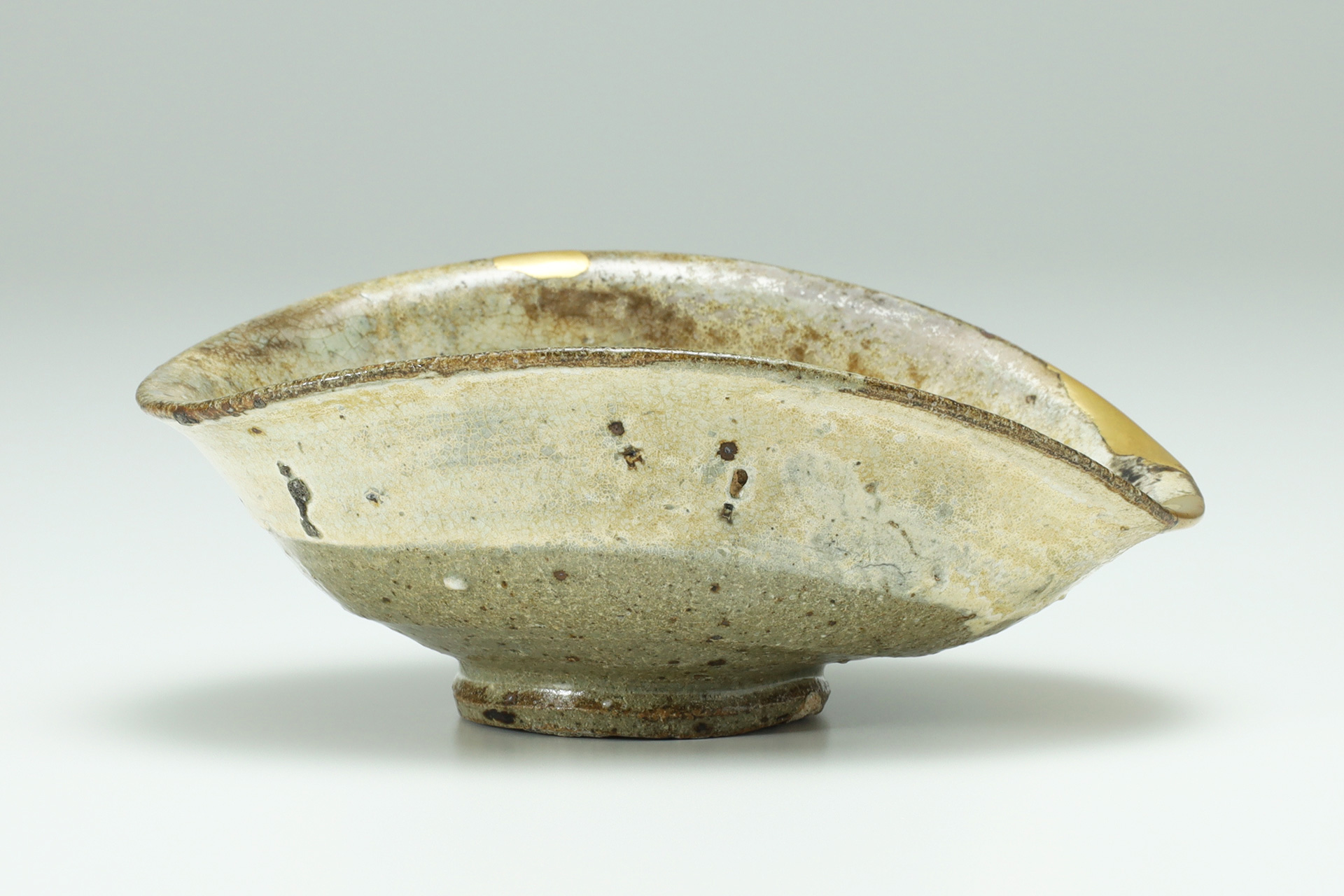
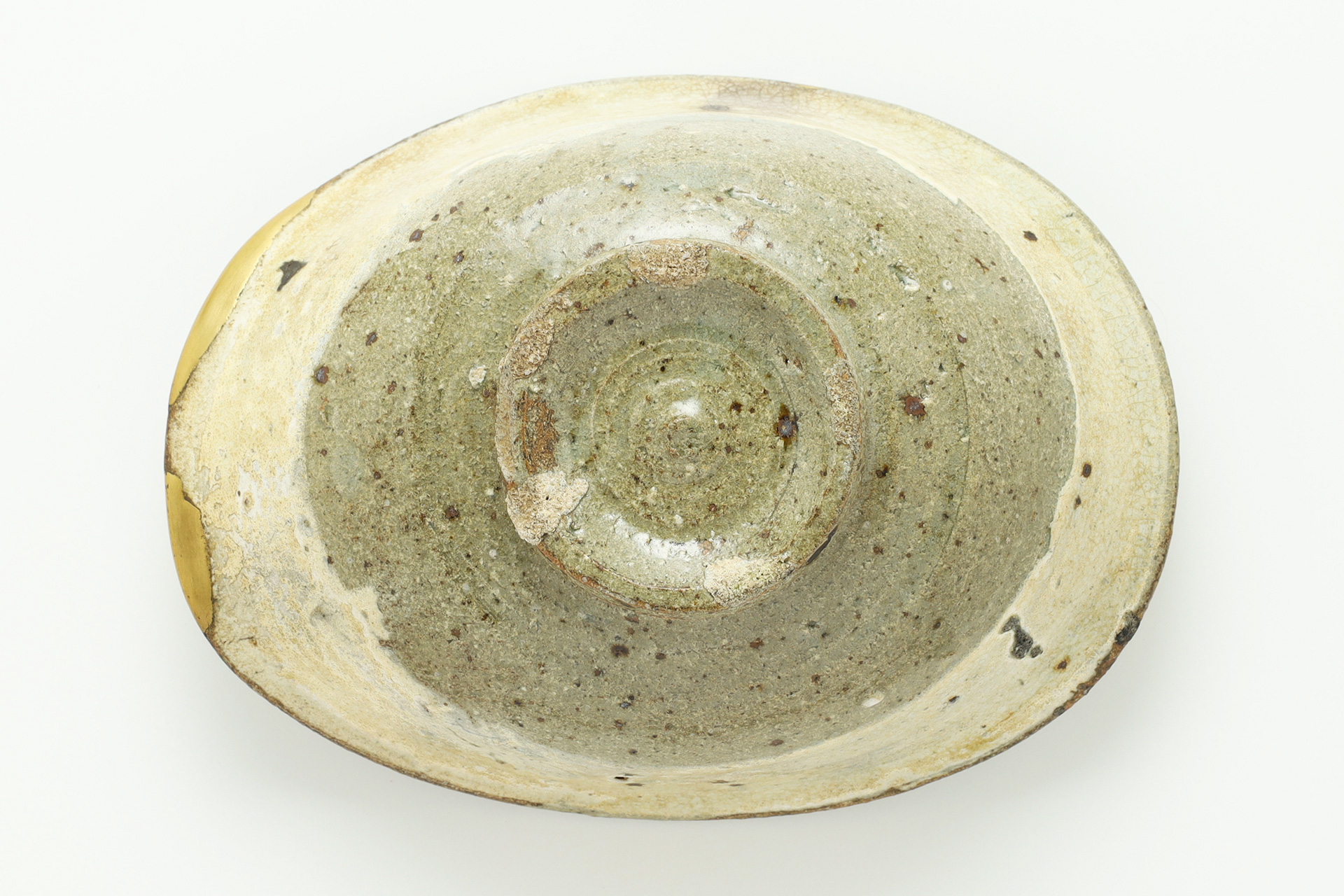
We sell and purchase Korean Antique
We have a physical shop in Hakata-ku, Fukuoka City, where we sell and purchase "Korean Antique" works. Drawing on a long career and rich experience in dealing, we promise to provide the finest service in the best interests of our customers. With the main goal of pleasing our customers, we will serve you with the utmost sincerity and responsibility until we close the deal.
